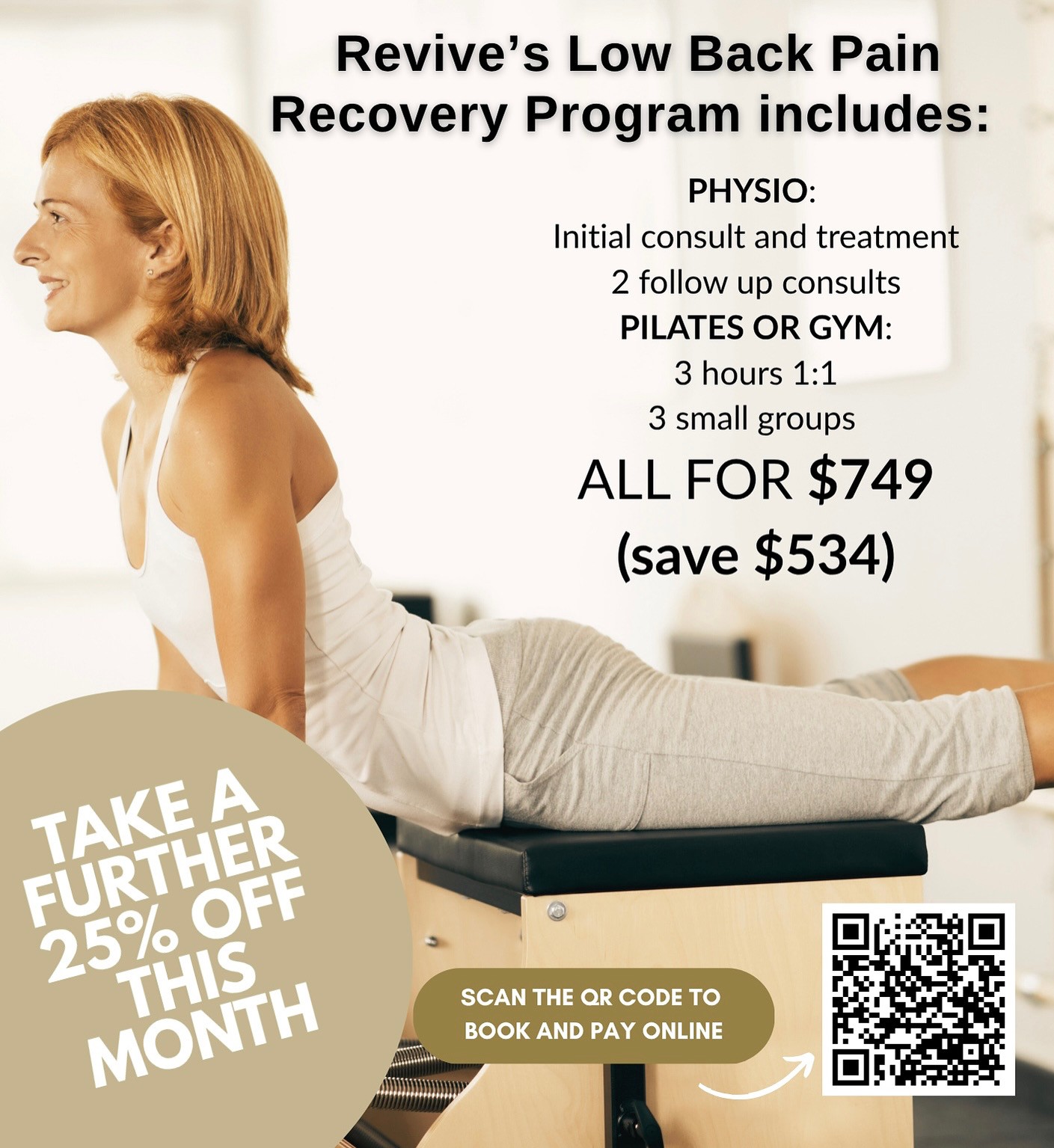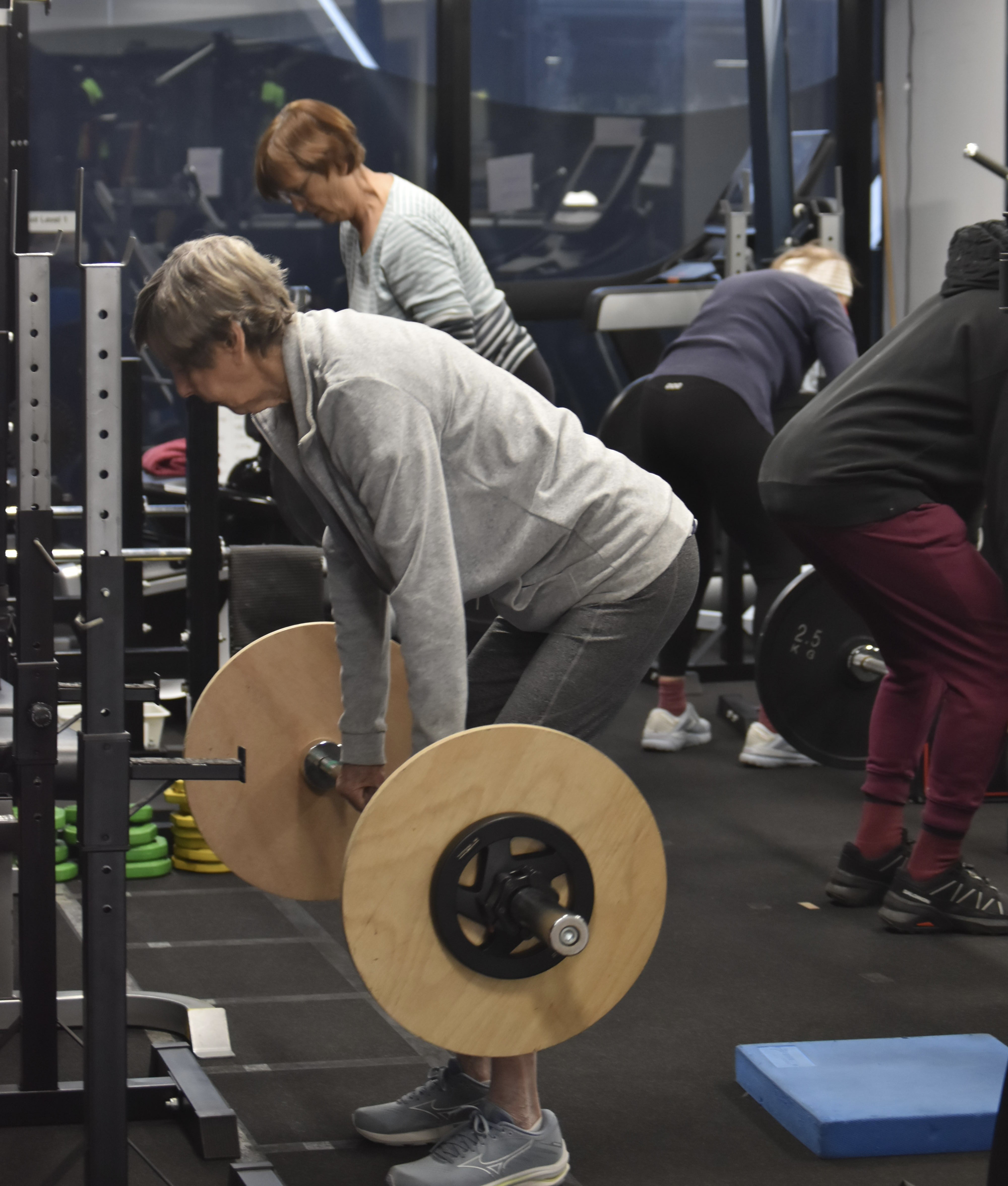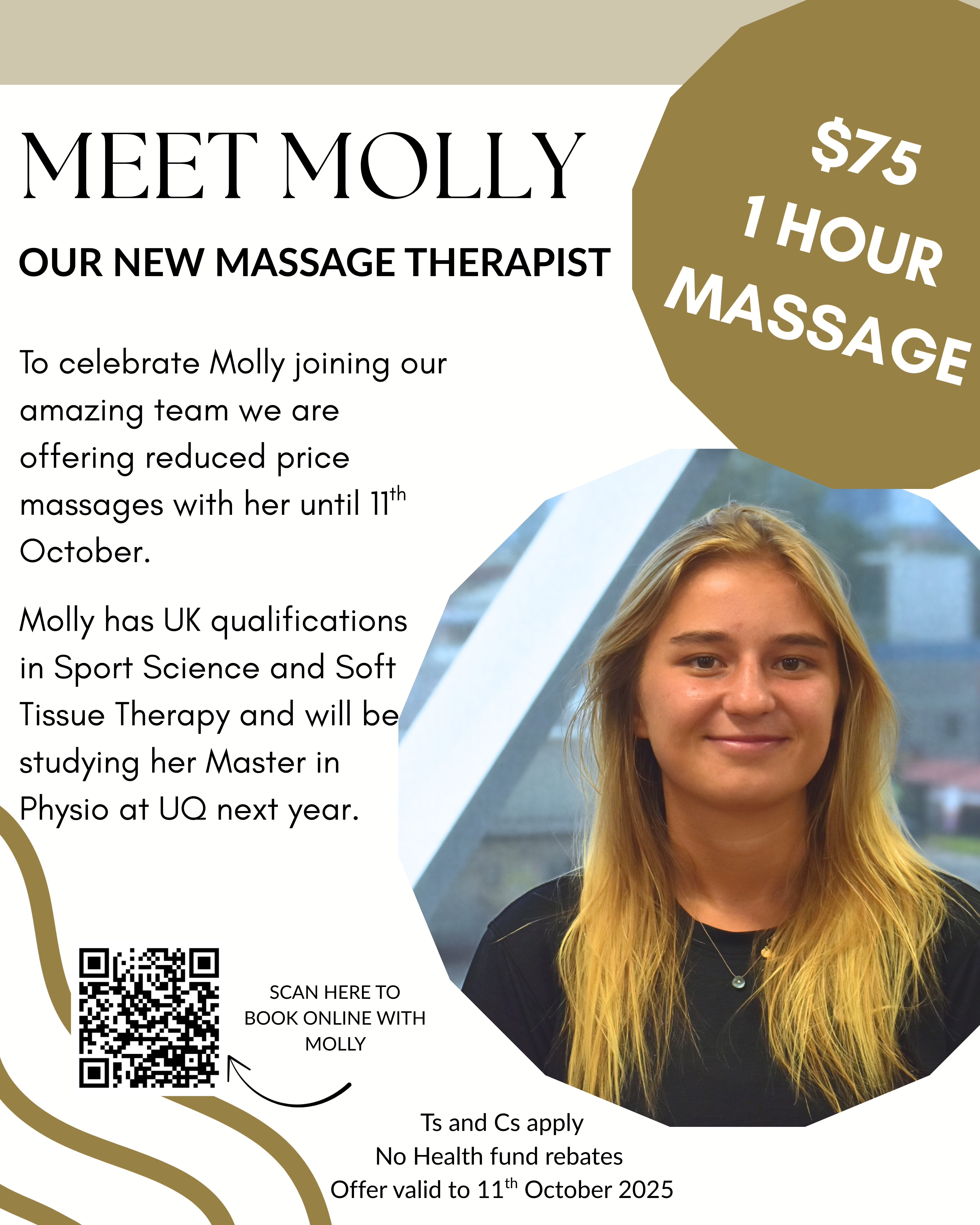Remedial Massage Vs Myotherapy In Depth Comparison
Remedial massage and Myotherapy are both effective forms of treatment for musculoskeletal pain and discomfort, but they differ in their techniques, scope of practice, and therapeutic goals. Understanding the distinctions between the two can help you choose the best approach for your specific needs. At Revive we offer both treatment styles to give a wider range of treatment options to assist in recovery and relief from acute or chronic conditions.
Remedial Massage
Remedial massage is a hands-on therapy that focuses on relieving tension, improving muscle function, and promoting healing in areas affected by injury or stress. This type of massage involves a variety of techniques, including deep tissue work, trigger point therapy, lymphatic drainage, Myofascial release and stretching. The goal is to address specific musculoskeletal issues such as muscle tightness, spasms, soft tissue injuries, and postural imbalances.
Our Revive remedial massage therapist will work to identify problem areas in the body and apply pressure to release muscle knots, improve circulation, and reduce pain and inflammation. The treatment is tailored to each individual, focusing on areas of tension or injury. Remedial massage is commonly used to treat conditions like muscle strains, joint pain, whiplash, headaches and repetitive strain injuries, as well as to manage chronic pain or post-exercise recovery. While the primary focus is on muscular relief, it can also improve flexibility and overall movement.
Myotherapy
Myotherapy, on the other hand, is a more specialised form of manual therapy that integrates a broader range of techniques to treat musculoskeletal pain, dysfunction, and injury. Myotherapists are trained to assess, diagnose, and treat a wide variety of conditions that cause musculoskeletal discomfort, often using a combination of soft tissue manipulation, dry needling, trigger point therapy, exercise prescription, and posture correction.
One of the key differences between myotherapy and remedial massage is that myotherapists take a more clinical approach, using detailed assessments to identify the root cause of pain or injury. This can include postural analysis, palpation, and functional testing to determine any imbalances, movement dysfunctions, or underlying causes of discomfort. Based on their findings, myotherapists develop a personalised treatment plan designed to address both the symptoms and the underlying causes of the condition.
In addition to manual therapy, myotherapy may involve therapeutic exercises to strengthen and stretch muscles, improve joint mobility, and restore optimal function. Myotherapists are also trained in techniques like dry needling, which involves inserting fine needles into trigger points to release muscle tension and reduce pain.
Myotherapy is highly effective for treating a wide range of musculoskeletal conditions, including chronic pain, tendonitis, arthritis, sciatica, fibromyalgia, sports injuries, and postural problems. The treatment tends to be more comprehensive and goal-oriented compared to remedial massage, with a focus on long-term rehabilitation and prevention of future injuries.
Key Differences
Approach: Remedial massage is generally focused on symptom relief through muscle manipulation and relaxation, while myotherapy takes a more diagnostic and rehabilitative approach, addressing the root cause of musculoskeletal dysfunction.
Techniques: While both therapies use similar techniques like deep tissue massage and trigger point therapy, myotherapy incorporates additional methods such as dry needling, cupping, postural assessments, and rehabilitation exercises.
Scope of Practice: Myotherapists have more advanced training (either an Advanced Diploma or Bachelor level qualification), allowing them to diagnose and treat a broader range of musculoskeletal conditions. Remedial massage therapists focus primarily on muscle recovery and relief with either a Diploma or Advanced Diploma level qualification.
Treatment Plan: Myotherapy treatments are often part of a structured rehabilitation program, which includes not only manual therapy but also exercise and postural correction. Remedial massage, on the other hand, is often more focused on immediate pain relief and muscle recovery. Both can be used in conjunction with other therapies at Revive including Exercise Physiology and Physiotherapy.
Which is Right for You?
Choosing between remedial massage and myotherapy depends on the nature and severity of your condition. If you're dealing with acute muscle tension, minor injuries, or need relaxation, remedial massage can be highly effective. On the other hand, if you're suffering from chronic pain, postural issues, or more complex musculoskeletal problems, Myotherapy may be the better option, as it provides a comprehensive, diagnostic approach to treatment.
Both therapies aim to improve mobility, reduce pain, and enhance overall well-being, but myotherapy may offer a more tailored and long-term solution for more complex or persistent conditions. If in doubt, contact us at Revive and we can recommend the most appropriate treatment that will help ensure the best outcome.
.svg)





